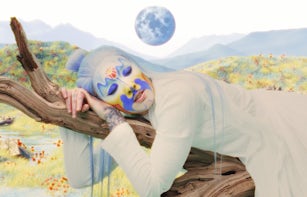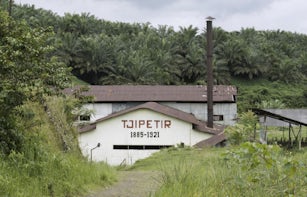Disarmed and Equipped: Strategies, Politics and Poetics of the Image in Eugenio Dittborn’s Airmail Paintings

Ana María Risco charts the multiple journeys mapped by Eugenio Dittborn’s airmail paintings — those of the paintings themselves and of the mass-circulation images they contain. A few years ago, in the course of some academic research, I conducted a series of conversations with Eugenio Dittborn in order to acquaint myself with the physical details of his work. Our dialogues took place at his studio in Santiago, close to the great mountain range that separates Chile from the rest of the world. Whenever possible, we would speak in front of a painting that Dittborn would unfold for the occasion. At some point, I’m not sure exactly how, we started talking about a British film that was very present on Dittborn’s mind, but that was for me just a fuzzy memory of a story I’d seen on TV: The Man Who Never Was (1956), the film version of the spy William Martin’s exploits. Martin is renowned for accomplishing his final World War II secret mission as a corpse — that is, after he had died.



